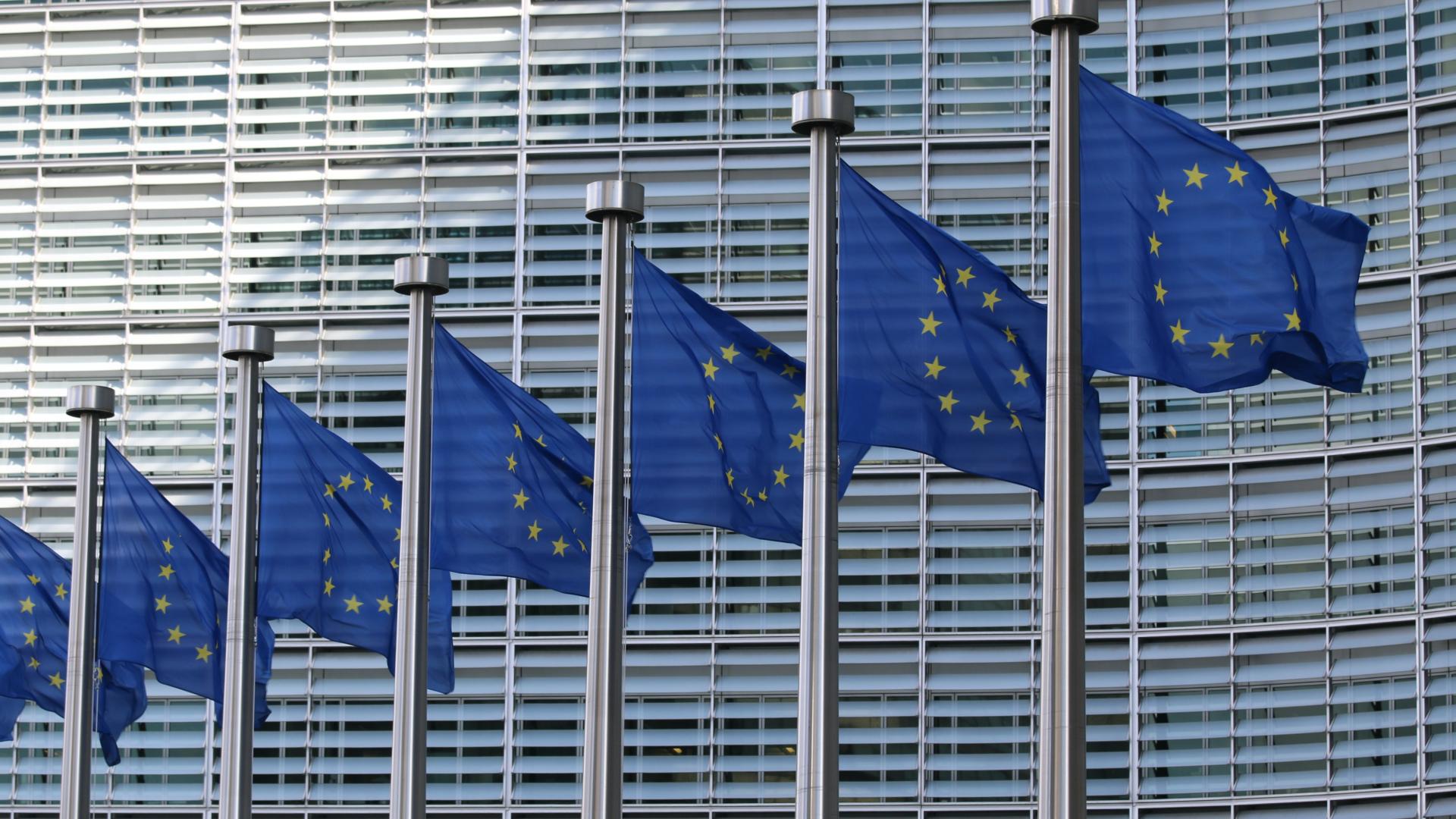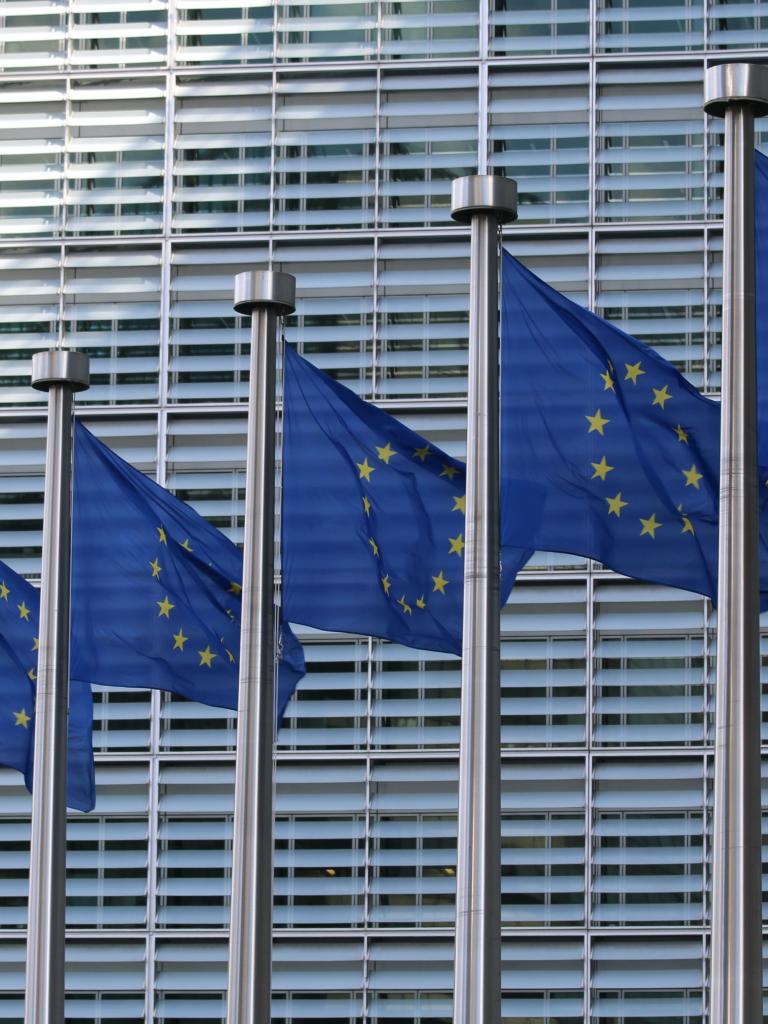13 November 2020
14 April 2020
In particular, the European Maritime Safety Agency (EMSA) and the European Environment Agency (EEA) engage in activities that are very closely related to the interests of EUMETSAT Member State National Meteorological and Hydrological Services (NMHS) and, therefore, present especially relevant potential opportunities for synergistic engagement.
The Copernicus programme is an area in which cooperation between EUMETSAT and these agencies has developed recently.
The European Maritime Safety Agency (EMSA)
The European Maritime Safety Agency (EMSA) is an EU agency, established in 2002 and located in Lisbon, whose mission is to reduce the risk of maritime accidents, marine pollution from ships and the loss of human life at sea.
The technical and scientific advice provided by EMSA regarding maritime safety assists the EC in the ongoing process of updating and formulating new legislation, monitoring its implementation and evaluating the effectiveness of the measures put in place.
EUMETSAT data and products are highly relevant for a number of the agency’s tasks, such as the monitoring of pollution and the coordination of rescue efforts.
EMSA operates the Copernicus Security Service (CSS) for maritime surveillance. EUMETSAT and EMSA cooperate in Copernicus, as EMSA is a user of space data provided by EUMETSAT.
The European Environment Agency (EEA)
The European Environment Agency (EEA) was established as an agency of the EU in 1993. It is located in Copenhagen and has a mission to provide sound, independent information on the environment for those involved in developing, adopting, implementing and evaluating environmental policy, and also the general public.
The EEA's mandate is to help the community and member countries to make informed decisions about improving the environment, integrating environmental considerations into economic policies and moving towards sustainability, and to coordinate the European Environment Information and Observation Network (EIONET), a partnership network for in-situ environmental observations involving more than 350 national institutions.
The EEA operates the Copernicus pan-European and local Land Monitoring Service (CLMS). EUMETSAT and the EEA both participate in the Copernicus Programme, being important data providers to Copernicus services (space-based observations from EUMETSAT complemented by in-situ observations from the EEA) and users of Copernicus operational products.

